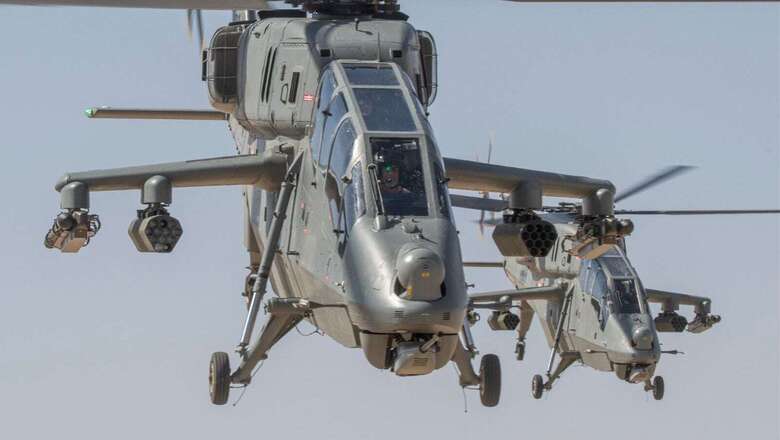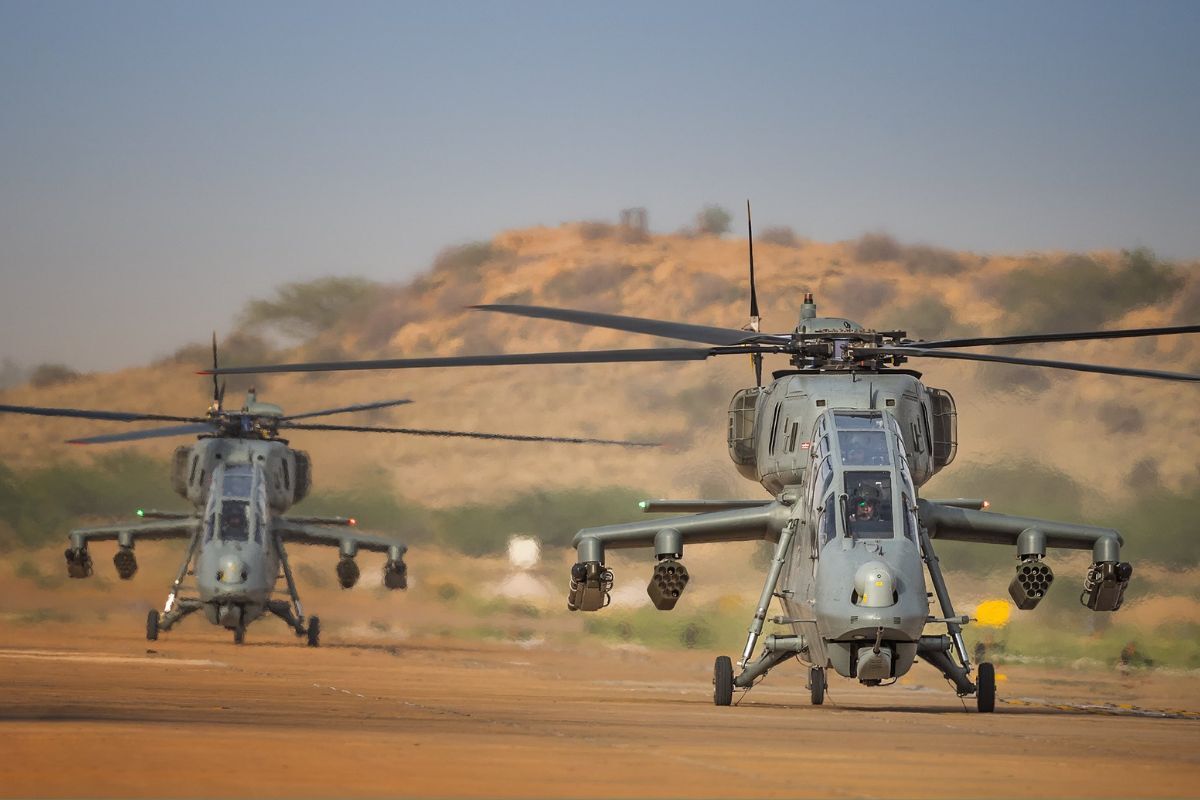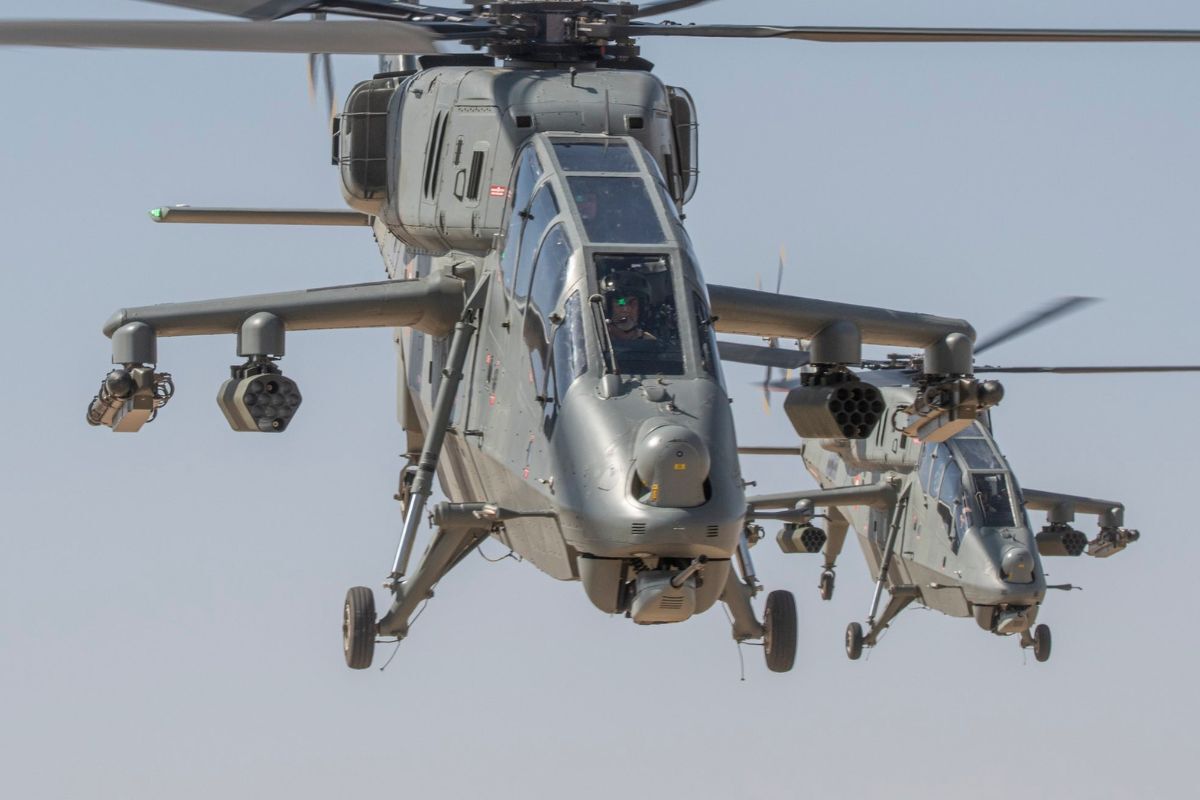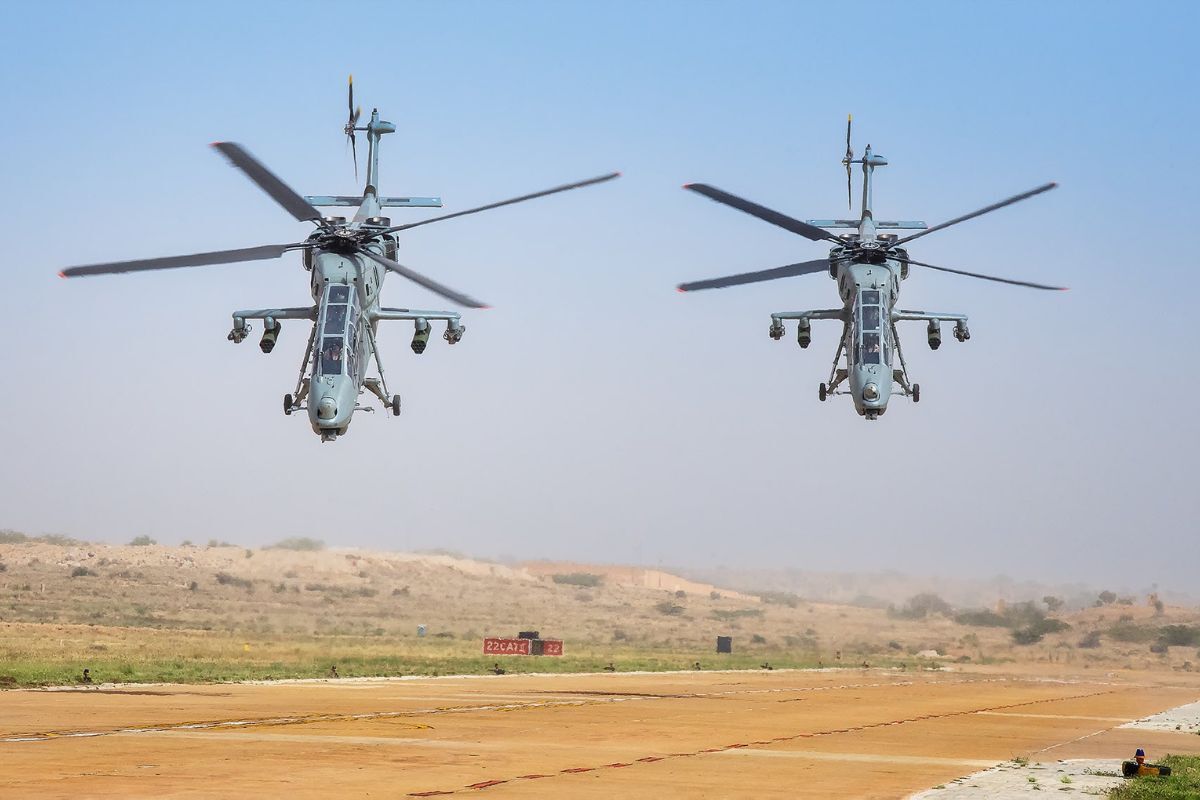
views
The Indian Air Force (IAF) is all set to induct the first batch of Made in India Light Combat Helicopter (LCH) today. The helicopters, to be inducted into the IAF inventory at a ceremony in Jodhpur in presence of Defence Minister Rajnath Singh, are being hailed as a big boost to the force’s combat prowess.
The Hindustan Aeronautics Ltd (HAL)-developed LCH is primarily intended for use in high-altitude environments.
News18 takes a deep dive into the LCH, it’s features and benefits:
When Did the Need for an LCH Become Apparent?
Following the conclusion of the Kargil War in 1999, the need for the development of an LCH became apparent. During the conflict, the Indian Armed Forces realised that they lacked a suitable high-altitude helicopter. According to HAL, the Indian Armed Forces began efforts to develop a helicopter capable of operating in such conditions.
HAL announced a programme in 2006 to create a programme to create the Light Combat Helicopter. The HAL expected to have operational units by December 2021, but there were several delays, some of which were attributed to suppliers.

The design of the Light Attack Helicopter was based on other indigenous helicopters previously manufactured by HAL, such as the Dhruv. The first LCH prototype flew for the first time on March 29, 2010. It was the first attack helicopter to land on the Siachen glacier, reportedly at altitudes ranging from 13,600 to 15,800 feet.
It has a number of stealth features, armoured-protection systems, night attack capability and crash-worthy landing gear for better survivability, officials have said.
Major Features of LCH?
The LCH is equipped with requisite agility, manoeuvrability, extended range, high altitude performance and all-weather combat capability to perform a range of roles including combat search and rescue (CSAR), destruction of enemy air defence (DEAD) and counter-insurgency (CI) operations. The helicopter can also be deployed in high-altitude bunker-busting operations, counter-insurgency operations in the jungles and urban environments as well as for supporting ground forces.

The helicopter can also be used against slow-moving aircraft and remotely piloted aircraft (RPAs) of adversaries. Officials said it would be a potent platform to meet the operational requirements of the IAF and the Indian Army.
Officials have said state-of-the-art technologies and systems compatible with stealth features such as reduced visual, aural, radar and IR signatures and crashworthiness features for better survivability have been integrated into the LCH for deployment in combat roles. Several key aviation technologies like a glass cockpit and composite airframe structure have been indigenised. The future series-production version will consist of further modern and indigenous systems.
Where Can the LCH be Deployed?
LCH have been tested from Siachen Glacier to the Rajasthan desert. During this time, a sufficient amount of fuel and weapons were deployed in the LCH. Two LCH helicopters were deployed on the LAC adjacent to Eastern Ladakh before formally joining the Indian Air Force (IAF).

‘Make-in-India Initiative’
According to the government, India has been steadily focusing on increasing its capability to indigenously design, develop, and manufacture advanced cutting-edge technologies and systems in the defence sector under the Atma Nirbhar Abhiyan, or Make-In-India initiative.
With inputs from agencies
Read all the Latest Explainers News and Breaking News here



















Comments
0 comment